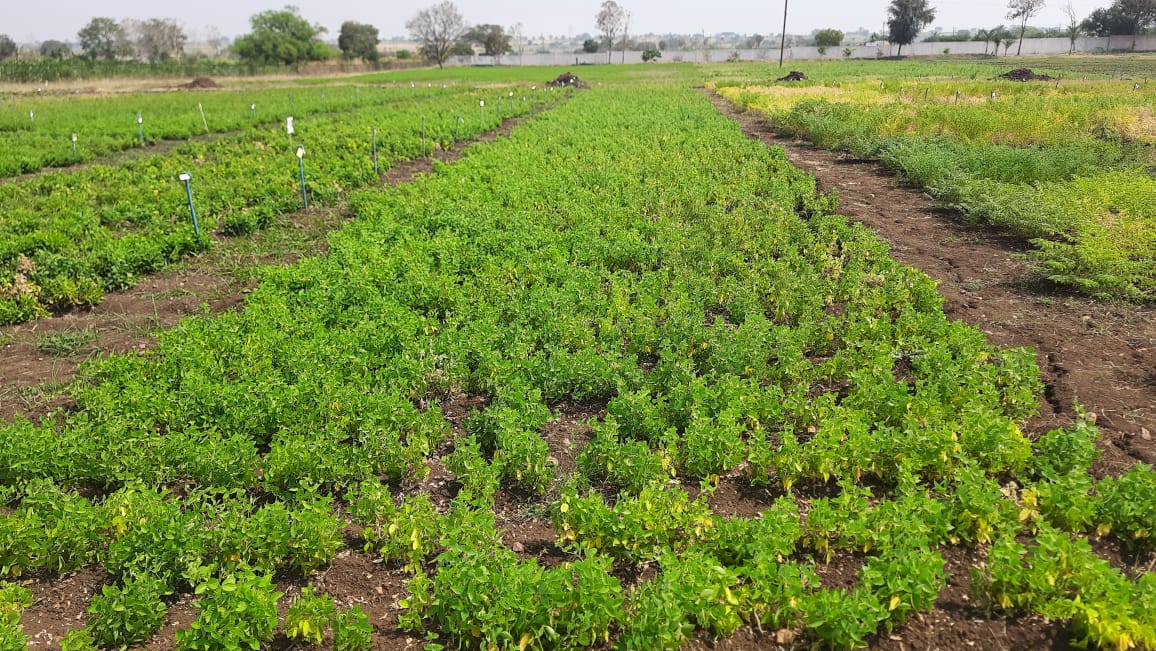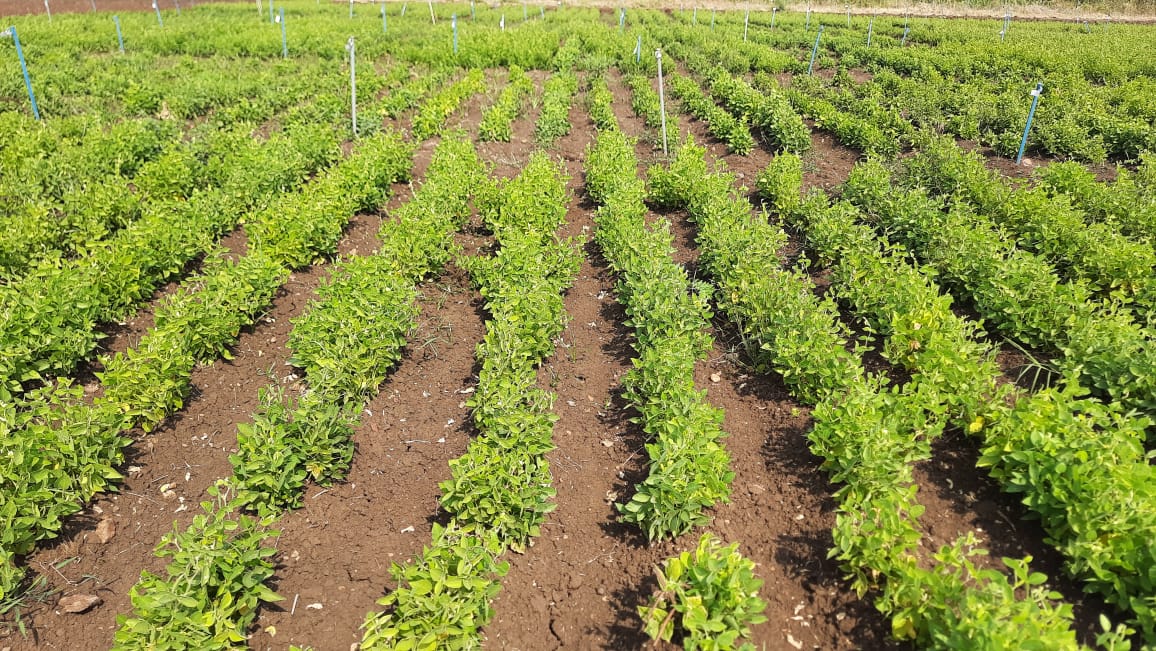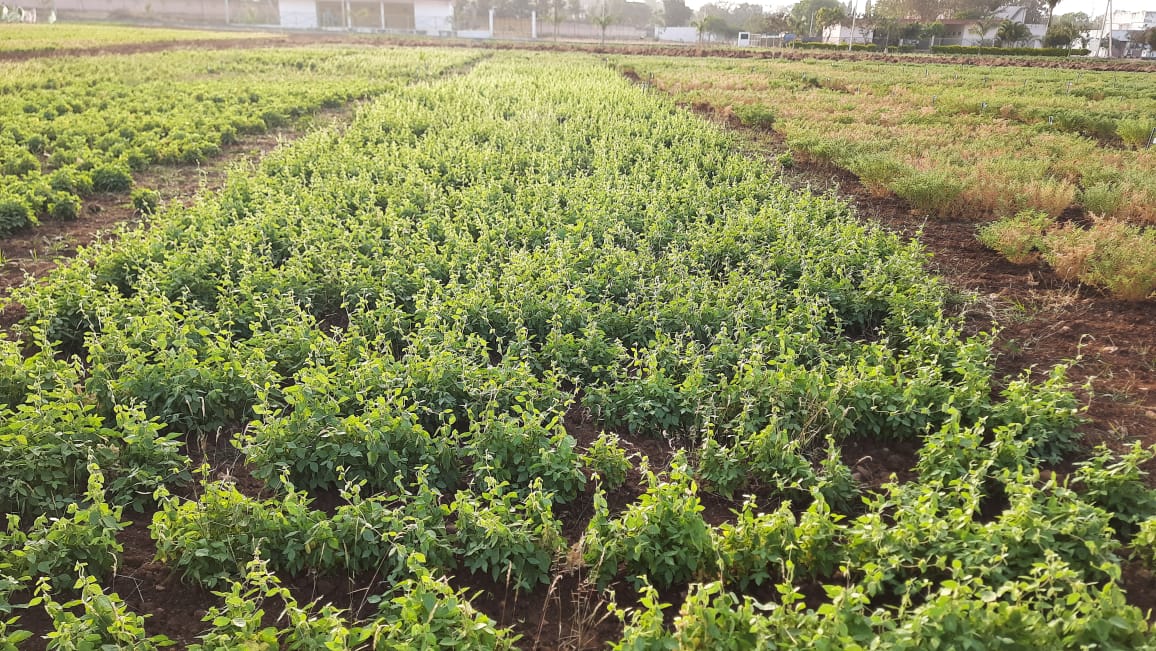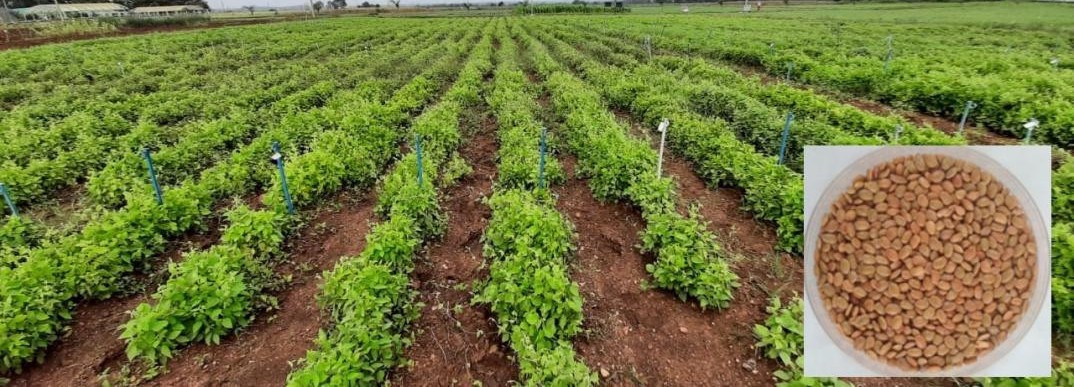Horsegram
Horsegram (Macrotyloma uniflorum(L.) Verdc.) is a native to India and is an important food legume crop in the peninsular region. It is extensively cultivated in South Indian States i.e. Karnataka, Andhra Pradesh, Tamil Nadu and Maharashtra. It is cultivated as a food, forage and green manure crop in India, Eastern and southern Africa, Myanmar, Malaysia, west indies and Australia. The total area under horsegram cultivation in India is about 5.07 lakh ha and production of 2.62 lakh tonnes with productivity of 516 Kg/ha. It is mainly produced in Karnataka, Andhra Pradesh, Tamil Nadu, Odisha, Maharastra and Chhattisgarh. It is also cultivated in parts of West Bengal, Bihar, Himachal Pradesh, Orissa, Chhattisgarh and Uttarakhand. Sri Lanka, United Arab Emirates, Canada were the leading Importers of Product Horse Gram from India.
Sri Lanka has a market share with 58.03% , followed by United Arab Emirates with 10.22% and Canada with 10.17%. Horse gram is an excellent source of protein (17.9– 25.3 %), carbohydrates (51.9–60.9 %), essential amino acids, energy, low content of lipid (0.58–2.06 %), iron, phosphorus, iron and vitamins such as carotene, thiamine, riboflavin, niacin and vitamin C. It is comparable to other commonly consumed pulses in protein content while fibre, calcium, iron and molybdenum content is higher than any other pulse consumed in India. Owing to their nutritional and medicinal value, there is an increased demand to explore an underutilized legume to alleviate malnutrition and reduce risk of various diseases in developing countries. It is largely consumed as whole grain rather than spilt pulse and its higher lysine content makes it a good complement to a cereal based diet. In Uttarakhand, prolonged cooking on mild flame is practiced which destroys trypsin inhibitor and make the preparation digestible. Horsegram is normally soaked prior to cooking in most of the local recipes and soaking has beneficial effects on nutritional and cooking quality of horsegram.







